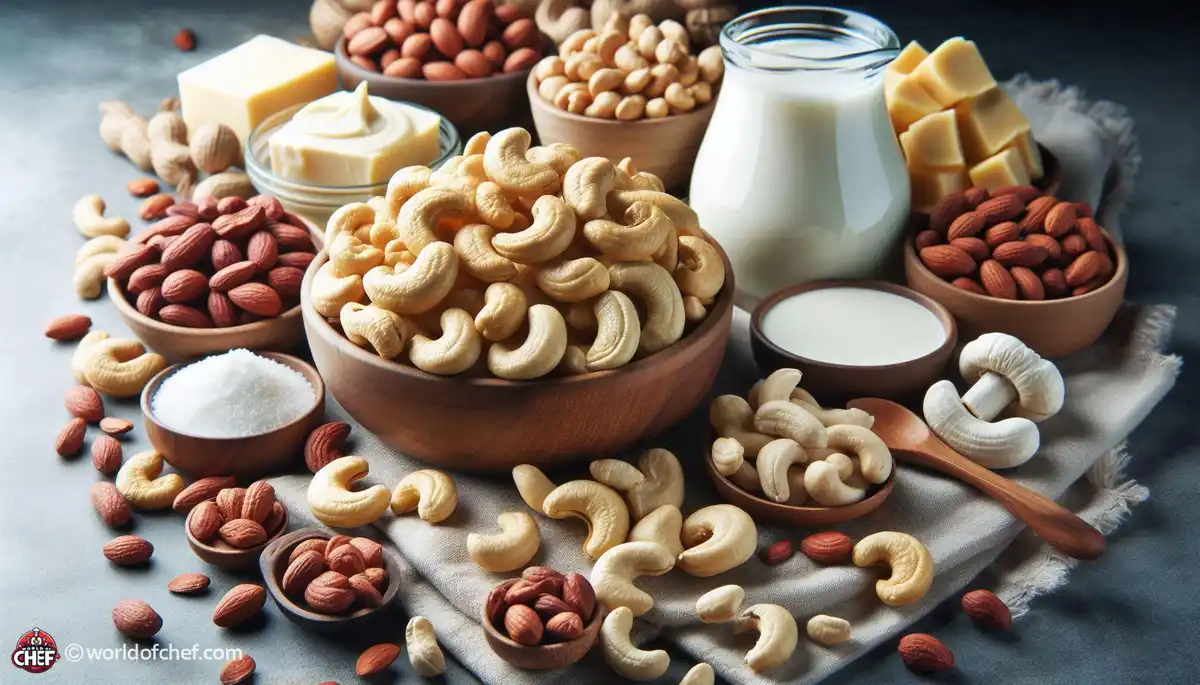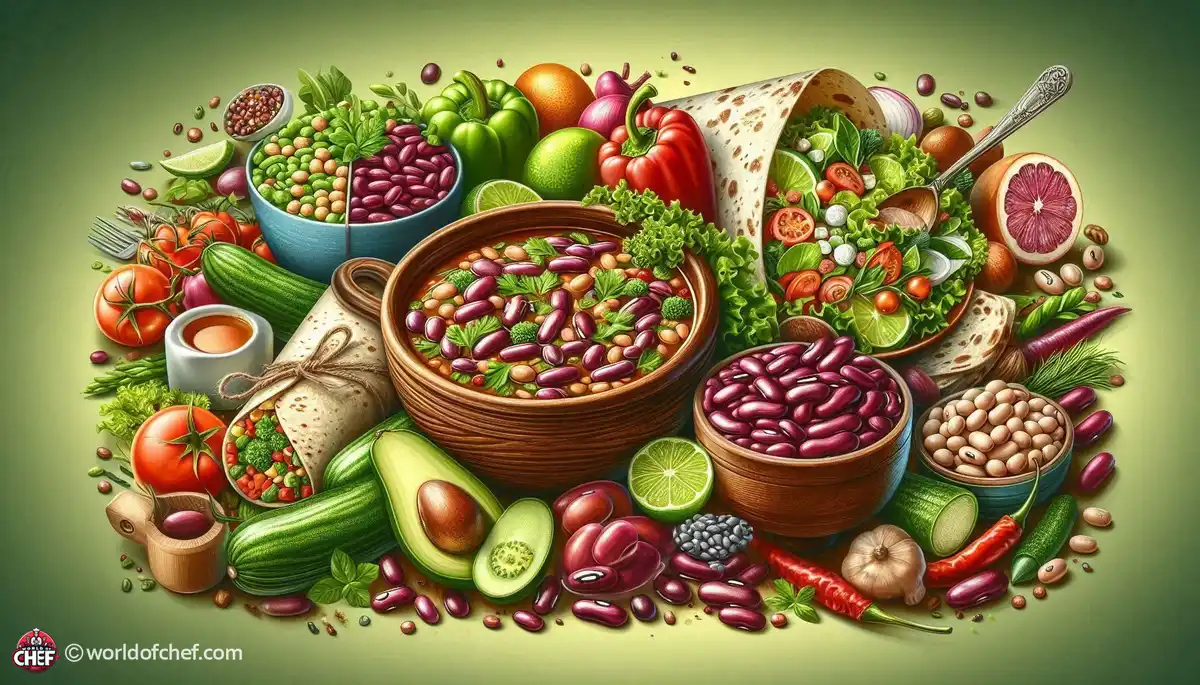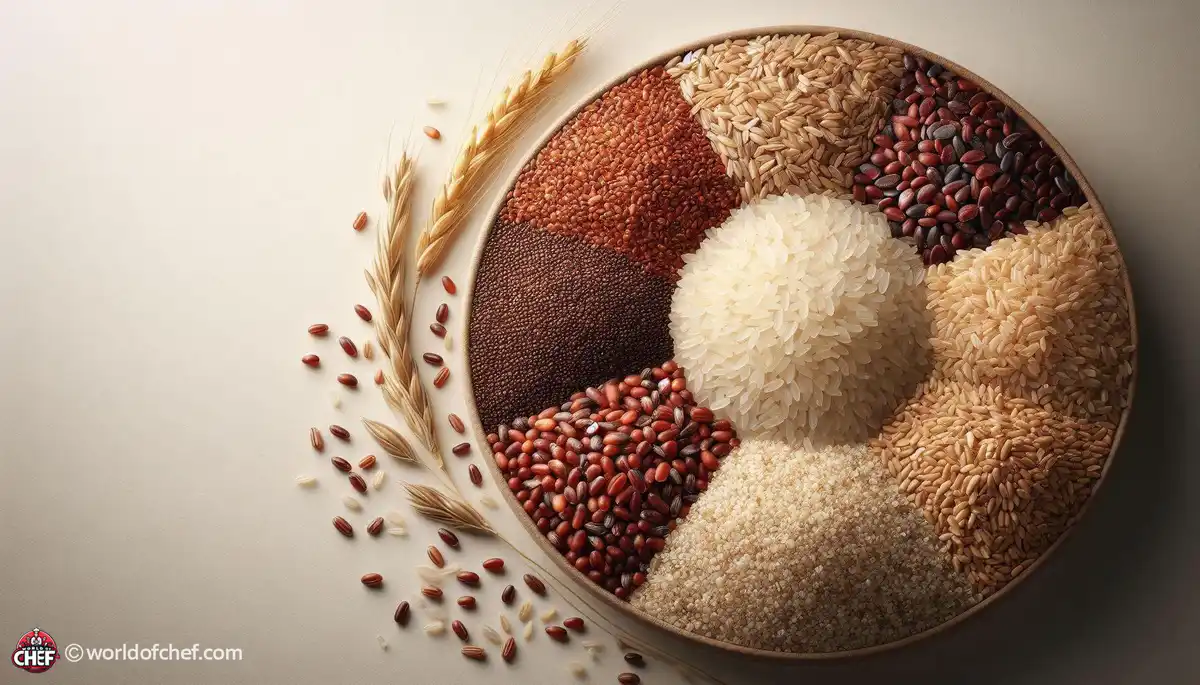
Unveiling the Power of Cruciferous Vegetables in Cancer Prevention
Eloise Jester - Mar 26, 2025 - 8 min read


Citrus Fruits are not only components of our diet; they form the heart and soul of the culinary culture everywhere. From their colors to flavors, citrus fruits add zest and brightness to all sorts of dishes. As we explore citrus, we're diving into the subtleties of popular varieties: sharp lemons to subtle oranges.
Because every citrus fruit is inherently different, its Flavor Profiles vary in terms of being acidic, sweet, and aromatic. Armed with that knowledge, it's very easy to use citrus as a key ingredient in either cooking or baking. It's time to take a closer look at the difference some of the most regularly used citrus fruits make:
Lemons can well be the most versatile of the citrus fruits, prized above all for their intense acidity and bright tartness. The lemons came from Asia but are now planted everywhere in the world - Eureka, Meyer to name a few.
The following are some of its uses in the kitchen both in savory and sweet food:
Lemons are an essential element in every kitchen, but they're also used to create a wide array of creations in the kitchen. With their tart juice, they add acidity to sauces, dressings, and marinades, and their zest is added to baked goods and desserts to add bursts of flavor. Furthermore, lemons are used to give freshness splashes to seafood dishes as well as cocktails. These fruits give the classic a refreshing twist.
The orange has juicy, sweet pulp and bright orange color. With varieties ranging from the seedless Navel orange to the tangy Valencia, there are many varieties each with a different flavor profile and use in the culinary world.
Oranges are a staple on the breakfast table, either fresh squeezed in juice or as a zesty addition to fruit salads and yogurt parfaits. Yet oranges are quite versatile. Add them to savory dishes like glazed chicken or roasted vegetables for a hint of sweetness and acidity.
The taste that is given to the dishes due to limes are characteristic and strong with much acidity. Limes actually originate from Southeast Asia; they are grown in some of the tropical regions on the earth, mainly represented by the most common one being the Persian lime or the smaller, highly acidified Key lime.
In any Mexican or Southeast Asian, limes play that fabled role of brighten up the dishes including their ceviche, guacamole, and Pad Thai. Beyond savory flavors limes are also most demanded for cocktails. Now with the classic mojito or the zesty Margarita, even to add a touch citrus taste.
Value: Their tangy sweetness and characteristic aroma make grapefruits valuable. Sweet to tartly sour, grapefruits run the gamut of sweetness. Pink and red are generally sweeter than white ones.
Refreshing additions to salads, the juice of grapefruits makes a great combination with peppery arugula and creamy avocado. Vibrant flavor also shines in desserts, such as tangy sorbets and citrus-infused cakes. Even grapefruit juice can be used as a base for cocktails and mocktails to add a burst of citrus sunshine to any beverage. The Exotic Mandarin: A Sweet Citrus Treat Mandarin 101: A Petite Citrus Delight
Mandarins, also known as tangerines, are valued for their sweet juicy pulp and soft easy-to-peel skin. Just by its mild acidity, bright flavor, and palatability, mandarin is always a favorite among both children and adults.
Mandarins are healthy and good snack food. They may be eaten as is but could also be used for many dishes in the mix with a dash of sugariness and tartness of it in stir-fry sauces, among others. Their peels may even be used to create that extra citrus fragrance for baking goodies and other desserts.
Perhaps the most chimerical of all citrus fruits, bergamot is valued for its fragrant zest and complex flavor. Bergamot grows natively in Italy and is perhaps best known for its use in perfumery and as the key flavoring component in Earl Grey tea.
Bergamot has a very distinctive taste and is prized in baked goods for infusing an understated citrus nuance into cakes, tarts, and custards. It's also used in beverages-from cocktails to herbal teas, lending an air of sophisticated citrus to each sip.
Pomelos are the largest of all citrus fruits, valued for their sweet, juicy flesh and mild acidity. Originating from Southeast Asia, pomelos are now cultivated in tropical regions around the world, ranging from pale yellow to deep pink.
Freshness is enjoyed on its own or mixed with fruits and salsas, while the sweet flavor finds its way into preserves and marmalades to add a fresh citrus zing. Even pomelo juice can be turned into fizzy drinks such as spritzers and cocktails.
Unusual among all citrus, kumquats have edible skin and a tangy sweet taste. From China, Kumquats are grown around the subtropical world today. They vary in size from round to oval in shape.
The kumquat can be eaten whole, peel and all, so it makes for a convenient and delicious snack. They can be sliced up and added to salads, stir-fries, and relishes for that bright citrusy burst of flavor. Preserves and marmalades are made with them as well as candying for desserts and baked goods.

Eloise Jester - Mar 26, 2025 - 8 min read

Wayne Tobar - Mar 23, 2025 - 6 min read

Harold Turcios - Mar 19, 2025 - 7 min read

Nevaeh Zeng - Mar 16, 2025 - 6 min read